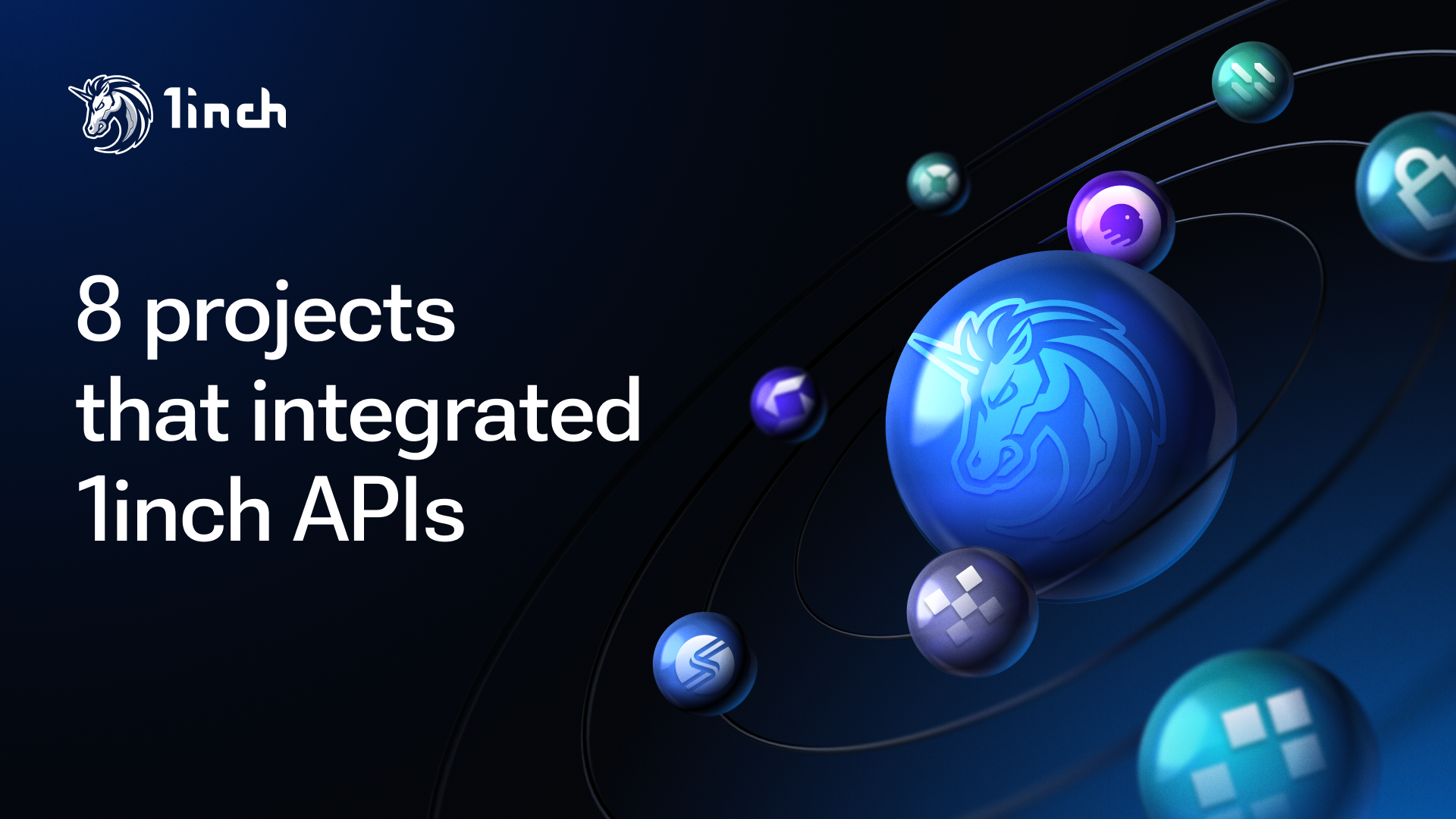How to pick the most suitable platform with liquidity pools?

The main task for an investor is to increase their capital and make it work for them. Recently, investing in digital assets has gained enormous popularity as passive income that generates extra cash flow.
When it comes to investing in decentralized finance, a liquidity pool is a game-changing innovation that was not commonly known just 12 months ago. It is one of the foundational tools behind the current DeFi industry. A liquidity pool offers a new standard for efficiently trading assets while allowing pool investors to earn money on their holdings. In this article, we will discuss pros and cons of liquidity pools, also explaining how liquidity pools work and how to choose the best liquidity pool.

What is liquidity?
Liquidity is a crucial factor to discuss in advance before digging into the sphere of digital coins.
The concept of liquidity is generally utilized in the crypto space to show an opportunity to swap one asset for another or convert an asset into fiat money in a matter of minutes.
Basically, liquidity is crucial for all sources that are tradable, and virtual currencies are not the exception. Low liquidity levels lead to market volatility, prompting severe fluctuations in crypto swap rates. High liquidity, on the contrary, implies that there is a strong segment with just minor price swings.
It is thus easier to swap digital coins in a deep-liquidity environment where buy or sell orders will be processed in a flash. The higher the number of players, the more liquidity they bring, facilitating fast swaps and stable rates.
What is a liquidity pool?
A liquidity pool can be thought of as a pot of cryptocurrency assets locked in smart contracts. The funds can then be used for exchanges, loans and other applications.
What if buyers and sellers have not reached an agreement on the price? Or, what if there is not enough liquidity for an order to get executed? That is where the concept of market makers comes into play. Market makers facilitate trading by willing to buy or sell a particular asset, thereby providing liquidity and enabling traders to trade without waiting for another buyer or seller to appear.
Market making solution
Currently, the most significant use case for liquidity pools is decentralized exchanges (DEXes), which have become the backbone of the DeFi segment. Decentralized exchanges enable users to swap crypto assets via smart contracts. They do this using the concept of an automated market maker (AMM).
A traditional order book exchange is extremely inefficient with smart contracts. The process requires substantial time and a higher amount of gas fees. Luckily, AMMs remove the need for an order book exchange. An AMM allows traders to swap directly with a liquidity pool, which lowers slippage and means that exchanges can run 24/7. The absence of order books means there is no limit but only one market price that is automatically calculated. Hence, you are not trading against a buyer or seller, but you are trading against a smart contract-based system.
A liquidity pool commonly consists of 2 digital assets that make a market for anyone planning to make a swap between them. Some platforms offer a wide range of virtual asset pools.

If we pay close attention to Uniswap, it had approximately $7 bln in total value locked in the protocol as of early September 2021. It leverages liquidity pools using an automated market maker (AMM) to offer quick transfers between different assets.
Other popular exchanges that utilize liquidity pools include SushiSwap and Balancer.

Advantages
Here are the key pros that a liquidity pool can provide. Take a look at them.
Guaranteed liquidity at every price level
Behind the scenes, a “liquidity pool” is an automated market maker in the form of a smart contract that automatically matches traders’ buy and sell orders based on pre-defined parameters.

Traders do not have to be matched directly with other participants. Therefore, as long as users keep depositing tokens to the pool, liquidity is constant (although trades that are large relative to the available liquidity can still incur significant slippage).
Automated pricing enables passive market making
A liquidity pool does not need to aggregate information across exchanges to determine the price of assets. A smart contract takes care of the price changes.
A liquidity pool is easy to use
The exact procedure of joining DeFi liquidity pools varies from platform to platform. In general, a user needs to sign up on the platform and then connect an Ethereum wallet from the homepage. After that, tokens can be deposited into a chosen liquidity pool.
Anyone can be a liquidity provider and make money
Liquidity pools have no listing commissions, KYC solutions or other barriers characteristic of centralized services. Anyone can be a liquidity provider, invest in an existing liquidity pool or make a new exchange pair for any token at any moment. When an investor wants to supply liquidity to a pool, they just need to deposit the equivalent value of both assets.
Low gas fees
Efficient price calculations and fee distributions within the pool mean fewer issues accessible within the transfer. For example, most smart contracts can only send traded funds back to the same wallet, and DEXes enable participants to swap coins and transmit to another wallet within a single transfer.
Disadvantages
With the juicy tales of liquidity pool and DeFi services also come some possible risks that cannot be neglected. These issues should be taken into consideration in advance.
Impermanent loss
Impermanent loss of funds by liquidity providers could occur because of volatility in a trading pair. The value of a liquidity pool must always stay in balance. Since larger liquidity pools accommodate more significant trades, they create less slippage. Price changeability and severe fluctuations can bring instability to a pool, which, in turn, could be used by arbitrage traders. As a result of impermanent loss, a user could exit the liquidity pool with a smaller amount of an asset they deposited.
Smart contract reliance
All DeFi protocols are based on smart contracts. Although innovative, smart contracts are not without defects. So, funds deposited to DeFi protocols might be lost without a chance to recover them.
Illicit activities
DeFi protocols are designed to be decentralized. So, no one has control over keeping data or money. However, there are chances of hackers taking advantage of the system. While centralized platforms could freeze a hacker’s account, thereby halting their activities, a DEX could not freeze their accounts.

How to select the most suitable liquidity pools?
If you want to pick the best solution, you have to take your needs into consideration and keep in mind a few factors discussed below.
Learn everything about the offer
First of all, you need to check out all accessible information about the pool you consider investing in. Whenever you pick a liquidity pool, the best option is always one that offers you multi-asset liquidity, combined with historical data. You may also want to check if you could convert your preferable assets to fiat money and back on the platform.
Show the latest data
An ability to access data feeds without any delays is really crucial. They should be detailed and trustworthy, showing real-time fluctuations of an asset.
It should be credible
Platforms should guarantee that they are functioning under the latest industry’s solutions and employ a strong security system to reduce the risk of hacker attacks.

For example, a poor security solution resulted in a money withdrawal made by the head of SushiSwap. In September 2020, Chef Nomi unilaterally withdrew one-quarter of the project’s developer funding pool, a sum worth more than $13 mln at that time, causing major controversy in the crypto community. Following the ensuing accusations of fraud, Chef Nomi returned the funds and made an apology.
Volume
The daily volume of the pool is an important factor because liquidity providers make money only when there are swaps happening! So, higher volumes will bring more profits.
Reserves
We also want to know what the size of the liquidity pool is to ensure that it is not subject to wild price swings. The lower the reserves, the more it is susceptible to price slippage, which means the price ratio will move.
Also, we want to ensure the pool is not made up of only a few whales since they can affect the price ratios should they exit the pool.
We want to know the ratio of this metric over time, as it will give us a sense of APY that we should expect going forward. We want this number to be increasing (or stay constant) over time and not decreasing (meaning you are earning fewer in fees over time).
In conclusion
Rounding up our thoughts on liquidity pools, we can say that it is a crucial part of the financial segment and businesses.

We hope this article was helpful for you, and it has sparked a few ideas about liquidity pools. As you see, pools are one of the core technologies behind the current DeFi technology stack today. They enable trading, lending, profit generation, and much more. They power almost every part of the decentralized segment, and they will most likely continue to do so.




























